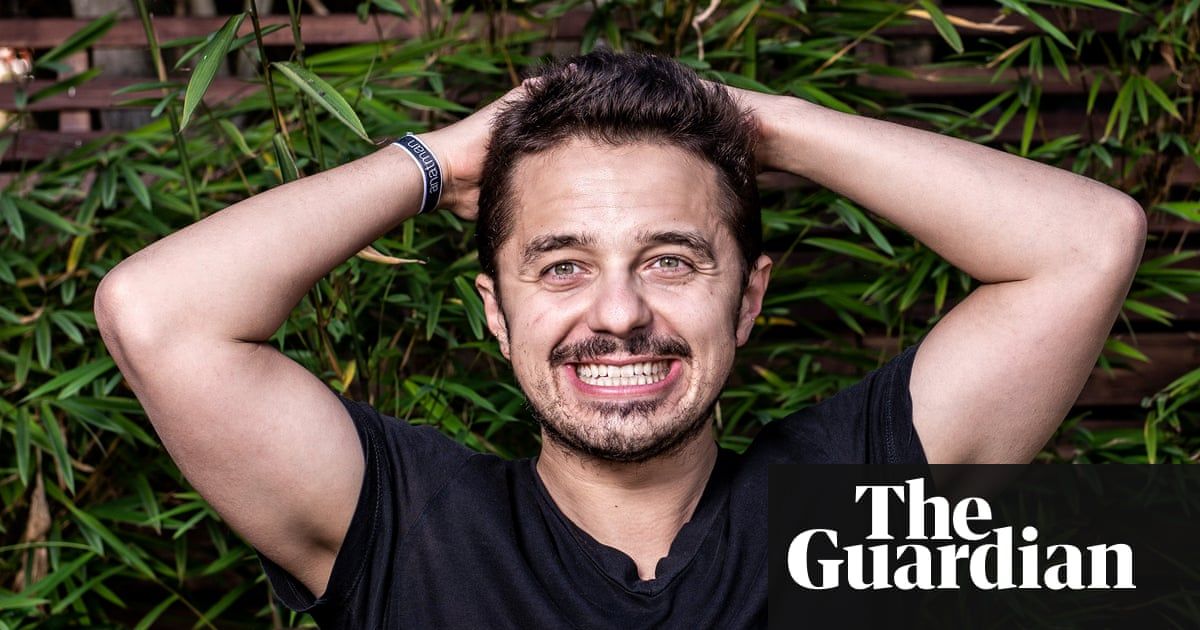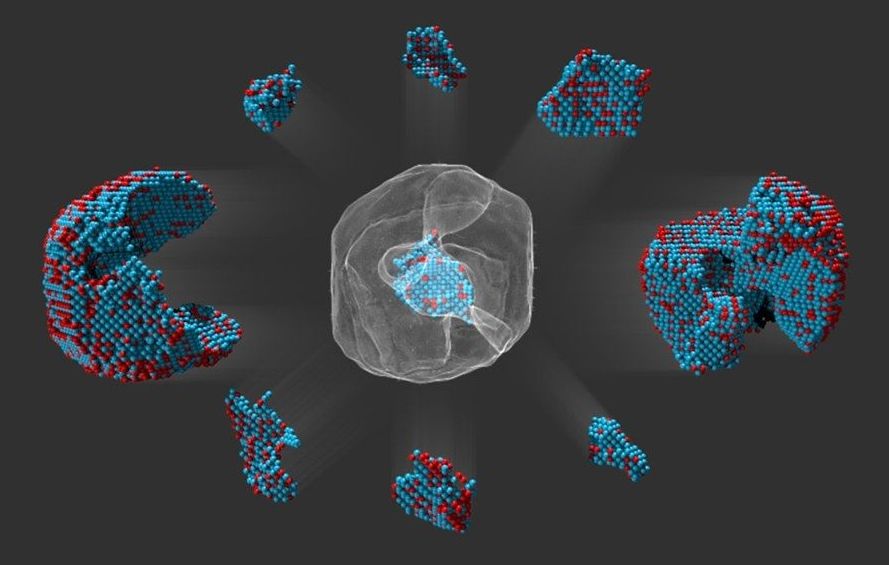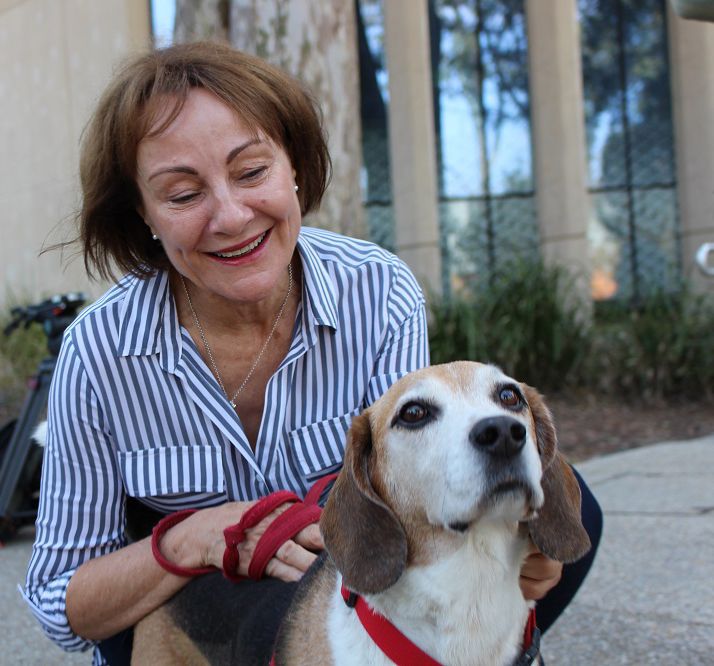Very interesting article on the ideas and daily life of the businessman and biohacker Serge Faguet.
Silicon Valley millionaire Serge Faguet thinks pills, injections and implants will turn him into a superhuman. Could they?

Given the speed at which reproductive technology has advanced over the past few decades, it doesn’t feel all that far-fetched: A future in which anyone can have a baby, regardless of creed or need, whenever they feel like it. Already, in our present moment, one can buy or sell eggs and sperm; we can give embryos genetic tests to ensure the children they produce don’t have any life-threatening hereditary conditions; and babies can even be born, now, with the genetic information from three parents.
So it follows that we should soon be able to to have pregnancy outside the body — artificial wombs. R ight?
You’d think. Scientists have already figured out how to mimic many of the body’s processes for techniques like in-vitro fertilization and even hormonal birth control. But the ways mothers’ bodies support and signal fetuses is incredibly complicated — and the science isn’t yet at a point where we can simulate these processes. And because scientists are prohibited from studying embryos 14 days past their fertilization, that’s one sci-fi vision that is not likely to come to fruition.
DONATE TO CAMPAIGN ► https://goo.gl/kfGdnh
Original Video ► https://goo.gl/YrjnLa
Website ► https://www.lifespan.io/
“Conquering the negative effects of aging is one of the oldest dreams of humanity, and now through the steady progress of science, we are poised to fulfill that dream.
Whether this occurs in 20 years or 200 is largely a question of funding. The best way to accelerate this process is by mobilizing those who desire the option of a longer and healthier life into a cohesive social force — crowdfunding relevant research and advocating for its benefits to society.
On lifespan.io researchers post projects related to longevity or age related disease, and receive funds from contributors to fulfill their goals. Contributors, in turn, are able to exercise agency in the development of potentially life changing research, as well as receiving rewards specified by the project creators.” “Keith Comito is a computer programmer and mathematician whose work brings together a variety of disciplines to provoke thought and promote social change. He has created video games, bioinformatics programs, musical applications, and biotechnology projects featured in Forbes and NPR. In addition to developing high-profile mobile applications, he explores the intersection of technology and biology at the Brooklyn community lab Genspace, where he helped to create games which allow players to direct the motion of microscopic organisms. He earned a B.S. in Mathematics, B.S. in Computer science, and M.S. in Applied Mathematics at Hofstra University, where his work included analysis of the LMNA protein.”
——–

A new fascinating feature is out by The Guardian magazine (via writer Richard Godwin) on the future of the human body. Six of us are interviewed and/or wrote about our take on the future. Fun reading! My mini-essay is in this: https://www.theguardian.com/…/regular-body-upgrades-what-wi… #transhumanism
Mechanical exoskeletons, bionic limbs, uploadable brains: six experts’ visions of 2118.

In a world increasingly driven by industries that rely on advanced technical learning and innovation, fluency in STEM fields (science, technology, engineering and math) becomes more vital every day. Yet our education system isn’t keeping up. Five years ago, a Business-Higher Education Forum study found that 80% of high school students either lacked interest or proficiency in STEM subjects. Meanwhile, a college and career readiness organization known as ACT reported last year that the number of students pursuing STEM careers is growing at less than 1% annually.
The Amgen Foundation is doing something about it. As the principal philanthropic arm of Amgen, the largest independent biotechnology company, the Amgen Foundation has been committed to inspiring the next generation of scientists and innovators by making immersive science education a focus of its social investments for almost 30 years. While Amgen has reached millions of patients around the world with biotechnology medicines to combat serious illnesses, such as cardiovascular disease, cancer and migraines, the Amgen Foundation has reached more than 4 million students globally—and it is poised to launch a new program called LabXchange with the potential to reach millions more.
“As a scientist, it’s clear to me that the most effective way to learn science is by doing it,” says David Reese, executive vice president of Research and Development at Amgen and member of the Amgen Foundation board of directors. “It’s time to transform the science learning experience. We need to move from information acquisition to application and exploration, from students as passive listeners to active participants in the learning process, from teachers as knowledge transmitters to facilitators and coaches.”

The transmission electron microscope was designed to break records. Using its beam of electrons, scientists have glimpsed many types of viruses for the first time. They’ve used it to study parts of biological cells like ribosomes and mitochondria. You can see individual atoms with it.
But experts have recently unlocked new potential for the machine. “It’s been a very dramatic and sudden shift,” says physicist David Muller of Cornell University. “It was a little bit like everyone was flying biplanes, and all of a sudden, here’s a jetliner.”
You’ve read your last complimentary article this month. To read the full article, SUBSCRIBE NOW. If you’re already a subscriber, please sign in and and verify your subscription.


A ten-year-old beagle with prostate cancer is helping researchers at The University of Queensland use nanomedicines to accurately diagnose and target the disease.
Hoover is the first patient in the world to receive the nanomedicine, which the research team hopes will help track and treat his cancer, and lead to better treatment for people with the same disease.
Nanomedicine is the science of developing tiny particles for applications in health — in this case therapeutics to specifically target a protein found in prostate cancer.
Announcing Two Ini Postdoctoral Fellowships
Ini Fellowship in Neuroscience Research
The Iowa Neuroscience Institute ( INI ), part of the Carver College of Medicine at the University of Iowa, seeks talented postdoctoral scientists to engage in cutting-edge neuroscience research. The INI was established in January 2017, supported by a transformational $45 million grant to the University of Iowa from The Roy J. Carver Charitable Trust. Led by Director Ted Abel, Ph.D., the INI is a comprehensive and cross-disciplinary neuroscience center spanning 5 colleges and 26 departments, dedicated to finding the causes of — and preventions, treatments, and cures for — the many diseases that affect the brain and nervous system. Successful candidates will join a strong cohort of postdoctoral fellows working in the field of neuroscience, such as those participating in the NIH –funded INSPIRE program. The University of Iowa Postdoctoral Association provides a variety of social and professional development opportunities on campus.